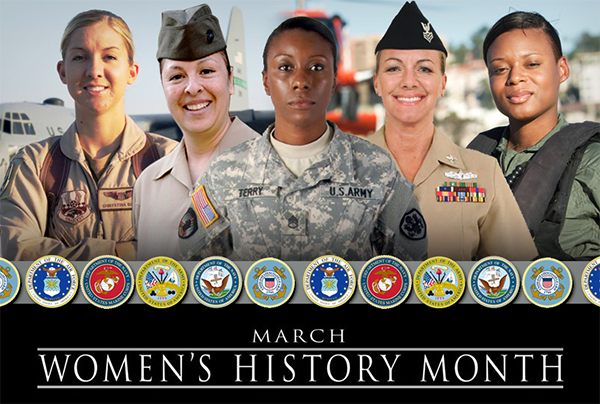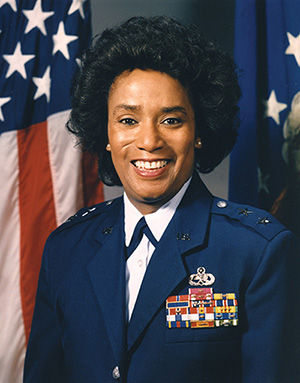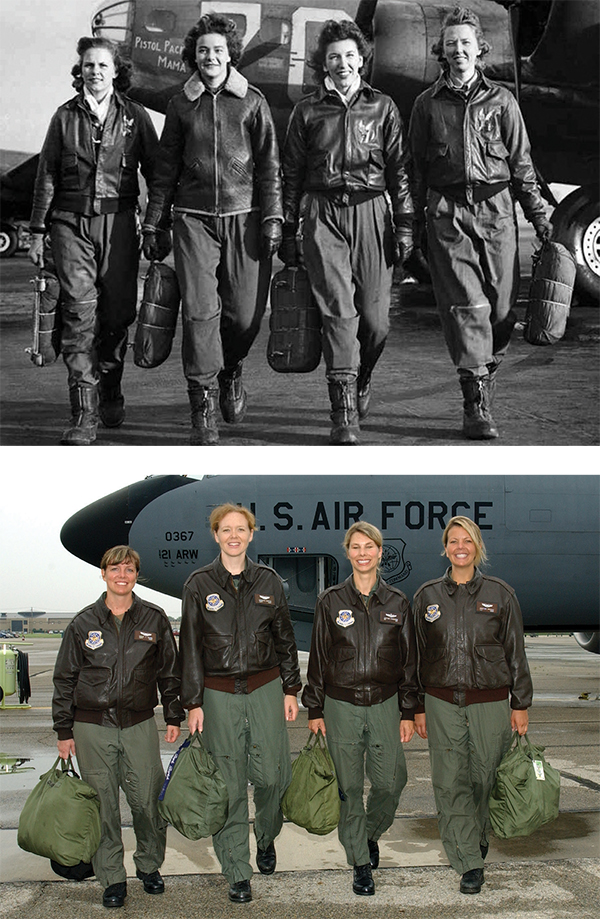
Why Women’s History is Important
by Karen R. Price
National Women’s History Alliance Board Member
http://nationalwomenshistoryalliance.org
Patriotism and the desire to serve one’s country in times of conflict have never been limited to men. Women have taken up the cause in one capacity or another since the Revolutionary War. And while the door to official military service may have been closed to many of them, women have always found a way to contribute. Some, such as Deborah Sampson or Cathay Williams, disguised themselves as men to fight. Others, like Molly Pitcher, served in an unofficial role, helping where they were needed.
March is Women’s History Month, and that means it’s time to celebrate important women in American history. We at the National Women’s History Alliance are, as you might expect, very busy this time of year. It is our mission to discover and share the stories of women in history and to change the dangerous perception that women in the past did not do anything worthwhile. We intend to “write women back into history.”
Many of these celebrations focus on the important “firsts,” such as the first woman to enlist as a non-nurse Naval Yeoman (Loretta Perfectus Walsh, 1917). Others celebrate the many first women to advance into higher ranks, such as the first woman promoted to Brig. General (Anna Mae Hays, 1970). Recognizing and celebrating these milestone achievements is crucial to creating a more complete understanding of American history.
Equally important, though, are the stories of the countless women whose service didn’t break down a barrier, but nonetheless contributed to the pressure for increased involvement of women. The women whose quiet dedication to country served as inspiration to countless others paved the way for more opportunities for those who came next.
In the Revolutionary Era, it is unknown how many women followed their soldier husbands and brothers, and whose work, though critical to military success, went unpaid and unrecognized. Coming after these women were the civilian nurses and spies who aided the Union during the Civil War. And behind them were the hundreds of women serving officially in the Army Nurse Corps tending wounded and sick soldiers in the Spanish-American War.
Building on these successes were the women who enlisted during World War I, and again in World War II, serving in an increasingly wider range of duties like service pilots and maintenance workers.

When Maj. Gen. Marcelite J. Harris, was interviewed by Ebony Magazine in 1992,she spoke about being the first African-American female General in the US Air Force. “For me, being the first is just a matter of time.” She recognized the importance of acknowledging that her successes were built on the efforts of those who came before her. “They have done a tremendous job of opening doors and proving capabilities.”
If progress is a torch handed from one generation to the next, this torch has been moving forward since 1776, carried by laundresses and cooks, nurses and spies, pilots and soldiers. Each new generation of women has been inspired by the previous, adding their voices to the call for a fair chance to show their mettle. The brave women in today’s military themselves will be passing the torch to future generations, with the knowledge that the work they inherited from the generations before them will continue.
The value of knowing women’s stories is that it gives all of us—women and men, girls and boys—the power and inspiration to succeed. Knowing women’s history enables us to understand the past more clearly, and that will give us the power to change the future.
Female WWII Pilots: The Original Fly Girls
WASP (from left) Frances Green, Margaret Kirchner, Ann Waldner and Blanche Osborn leave their B-17, called Pistol Packin’ Mama, during ferry training at Lockbourne Army Air Force base in Ohio. They’re carrying their parachutes.

Female pilots of the 121st Air Refueling wing recreate the historical “Pistol Packing Mama” photograph of the WASPs. Both photographs were taken on the flight line at Rickenbacker Air National Guard Base, formerly known as Lockbourne Air Force Base. (U.S. Air National Guard photo by Senior Master Sgt. Kim Frey)
“OUR HISTORY IS OUR STRENGTH”




